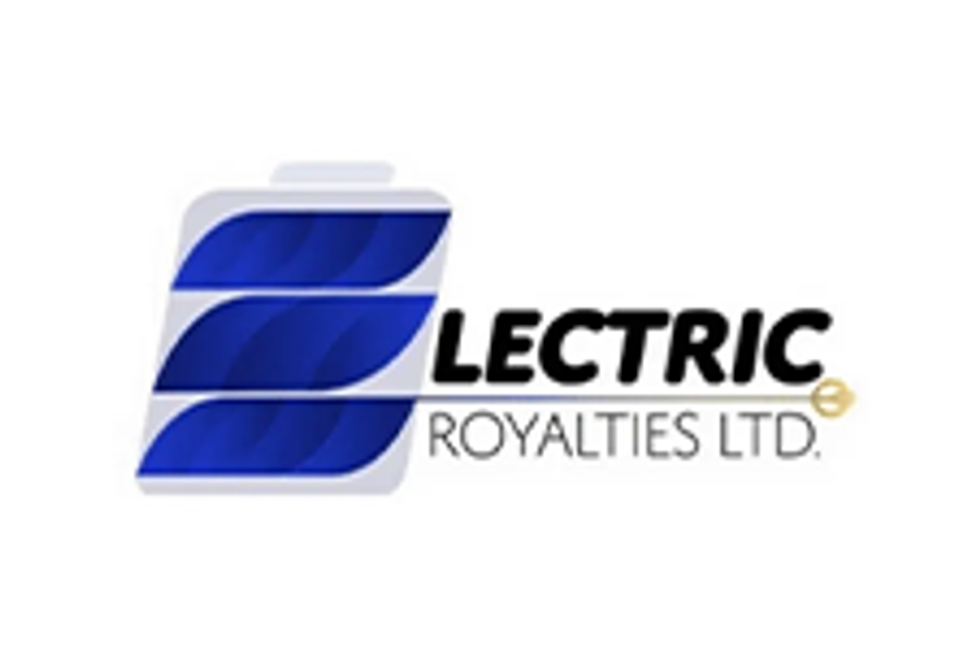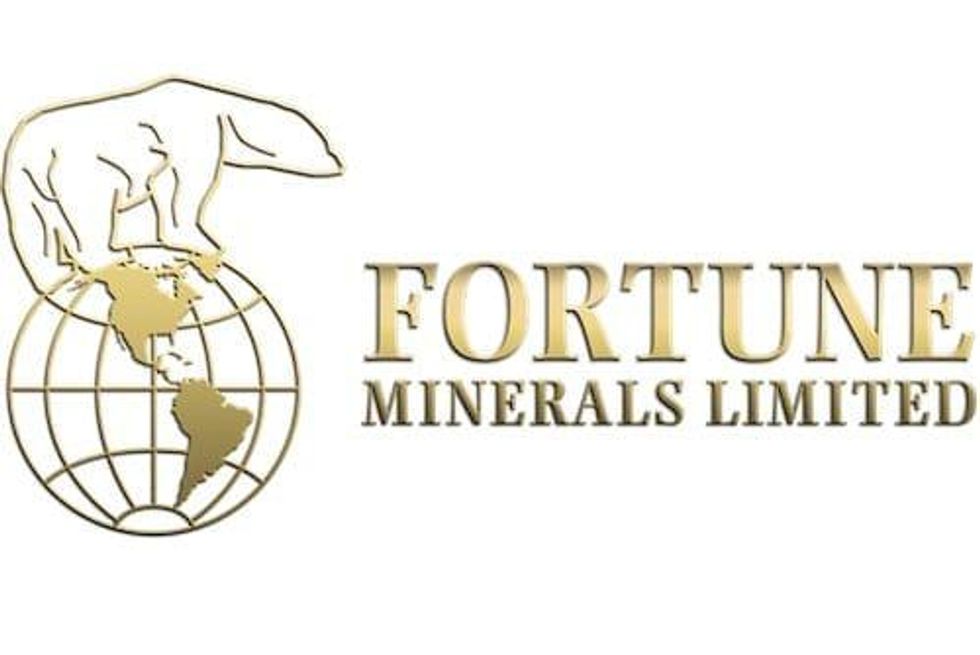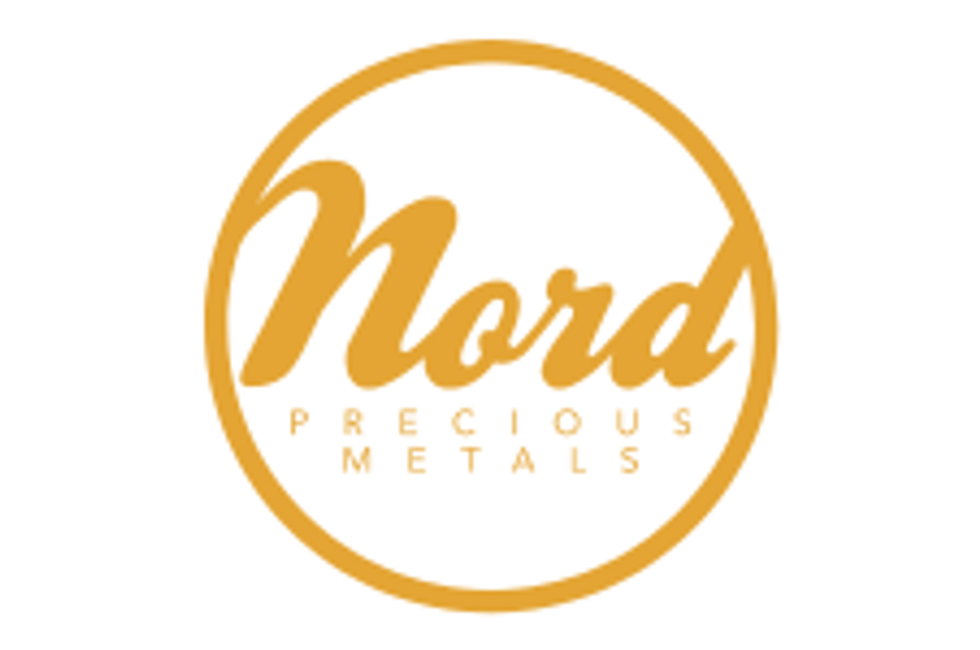
The global miner has posted increases in earnings and production for the first half of 2018 despite a multitude of challenges.
Despite the conga line of problems piling up on global diversified miner Glencore’s (LSE:GLEN) plate earlier this year, the company posted a 23-percent increase in earnings in the first half of 2018, raking in a whopping EBITDA of US$8.3 billion.
CEO Ivan Glasenberg says that with those numbers, the best way to reward shareholders in the current climate is through buybacks.
“While broader market conditions are likely to remain volatile, confidence in our business prospects and current share trading levels point to near-term focus on deleveraging and shareholder returns and buybacks funded through cash generation,” he said in the company’s half-year report.
Speaking in a conference call, Glasenberg reiterated the value of buybacks, adding that the markets aren’t providing many other opportunities for the company.
“Right now, buybacks may be the best returns we can get … we just don’t see anything out in the market. We look opportunistically at [mergers and acquisitions],” he explained.
The company is certainly committed to buybacks, spending US$1 billion on them in July in the aftermath of a US subpoena over documents pertaining to its business in the Democratic Republic of Congo (DRC), Venezuela and Nigeria in what looked like a bid to soothe investor fears.
Shortly before that, the company headed off a US$3-billion headache in the form of Israeli billionaire Dan Gertler by agreeing to pay him, a former partner, in euros instead of US dollars, sidestepping US sanctions against the businessman. Analysts say that tactic may be directly linked to the subpoena.
There’s also the slow-burning resentment among miners towards the DRC, which recently introduced a slew of changes to its mining code. Those include a “strategic substances” categorization that stipulates that resources deemed vital to the economy can be slapped with a 10-percent royalty.
Cobalt will receive that designation, and copper is being considered — those are two of Glencore’s focuses through its stake in Katanga Mining (TSX:KAT), which itself recently had its assets under threat.
Glencore has flagged uncertainty in the DRC as a drag on numbers now and into the future.
“Going forward, we anticipate that our economic contribution and payments to government in the DRC will be significantly higher, following the recent resumption of copper and cobalt production at Katanga.
“In addition, the DRC government enacted a new mining code with significant changes to the royalties and taxation requirements amongst other non-financial provisions. The implementation and applicability of these new regulations remain uncertain,” says the company in the report.
Glencore is committed to the challenge of feeding a hungry metals-intensive market though, seemingly vowing to plow through all roadblocks in the DRC.
“As living standards continue to improve, the task of meeting demand in our commodities will remain challenging. This will require our industry to invest in new and often challenging geographies with significant natural resource endowments,” the company said.
Looking at the numbers, along with the previously mentioned 23-percent increase in EBITDA, Glencore posted an adjusted EBIT of US$5.1 billion, up 35 percent, net income of US$2.8 billion, up 13 percent, funds from operations of US$5.6 billion, up 8 percent, and net debt of US$9 billion, down 16 percent.
For production, cobalt was up 31 percent year-on-year to 16,700 tonnes, with 14,800 tonnes sourced from its DRC assets. Copper was up 8.3 percent year-on-year from all company assets to 696,200 tonnes, but DRC assets saw a huge boost of 74 percent to 194,600 tonnes of the red metal.
On the London Stock Exchange, Glencore was trading up 3.47 percent at GBX 326.1 as of 3:30 p.m. PST on Wednesday (August 8).
Don’t forget to follow us @INN_Resource for real-time updates!
Securities Disclosure: I, Scott Tibballs, hold no direct investment interest in any company mentioned in this article.


